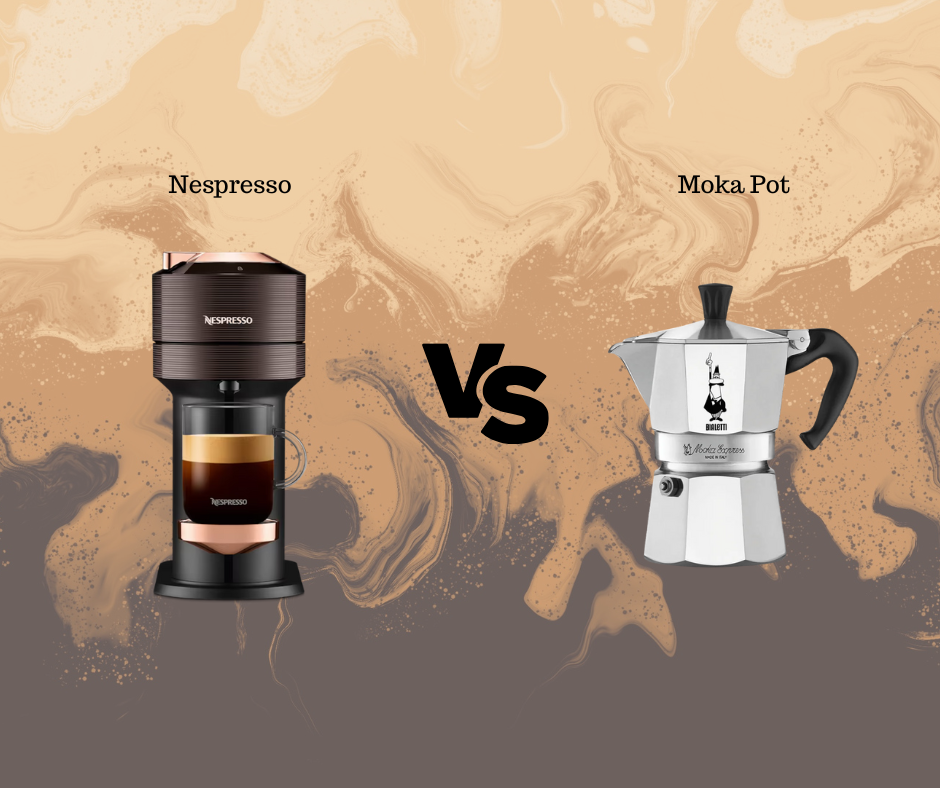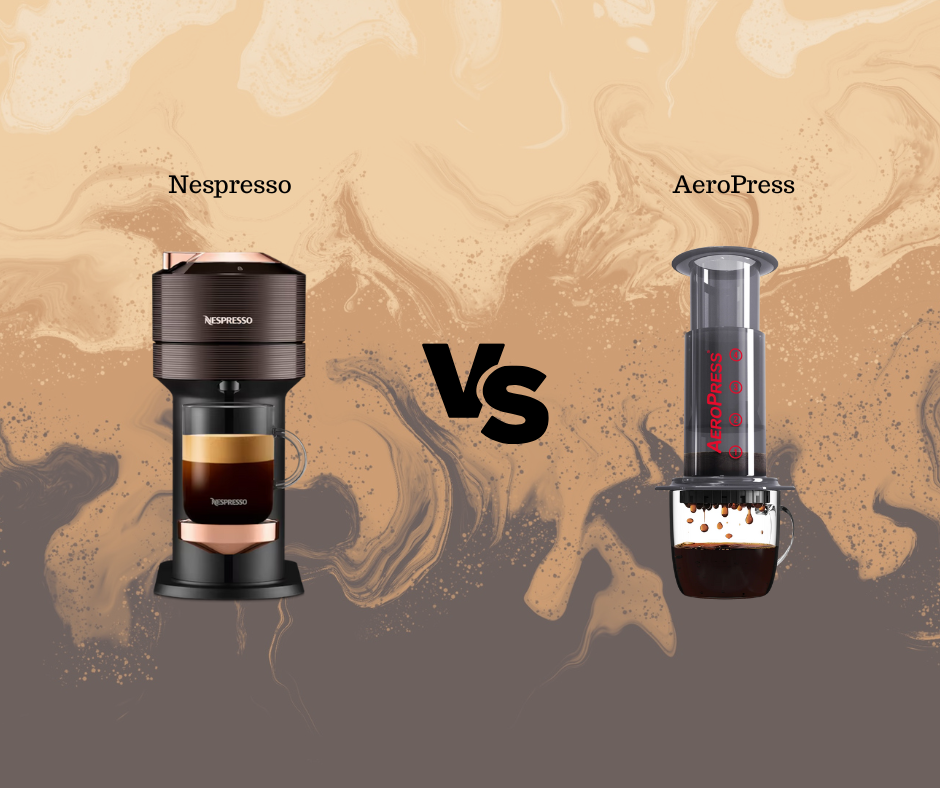Not all coffee is created equal. Some blends are bitter and harsh, while others are smooth, rich, and full of life. If you’ve ever had Colombian coffee, you know it falls into the second category—balanced, flavorful, and consistently high-quality.
But what makes Colombian coffee unique??
Is it the high-altitude farms nestled in the Andes Mountains? The shade-grown coffee plants soaking up just the right amount of sun? The hand-picked coffee cherries that ensure only the best beans make it into your cup?
The truth is, it’s a mix of everything—Colombia’s geography, coffee-growing traditions, and commitment to quality all come together to create some of the best coffee beans in the world.
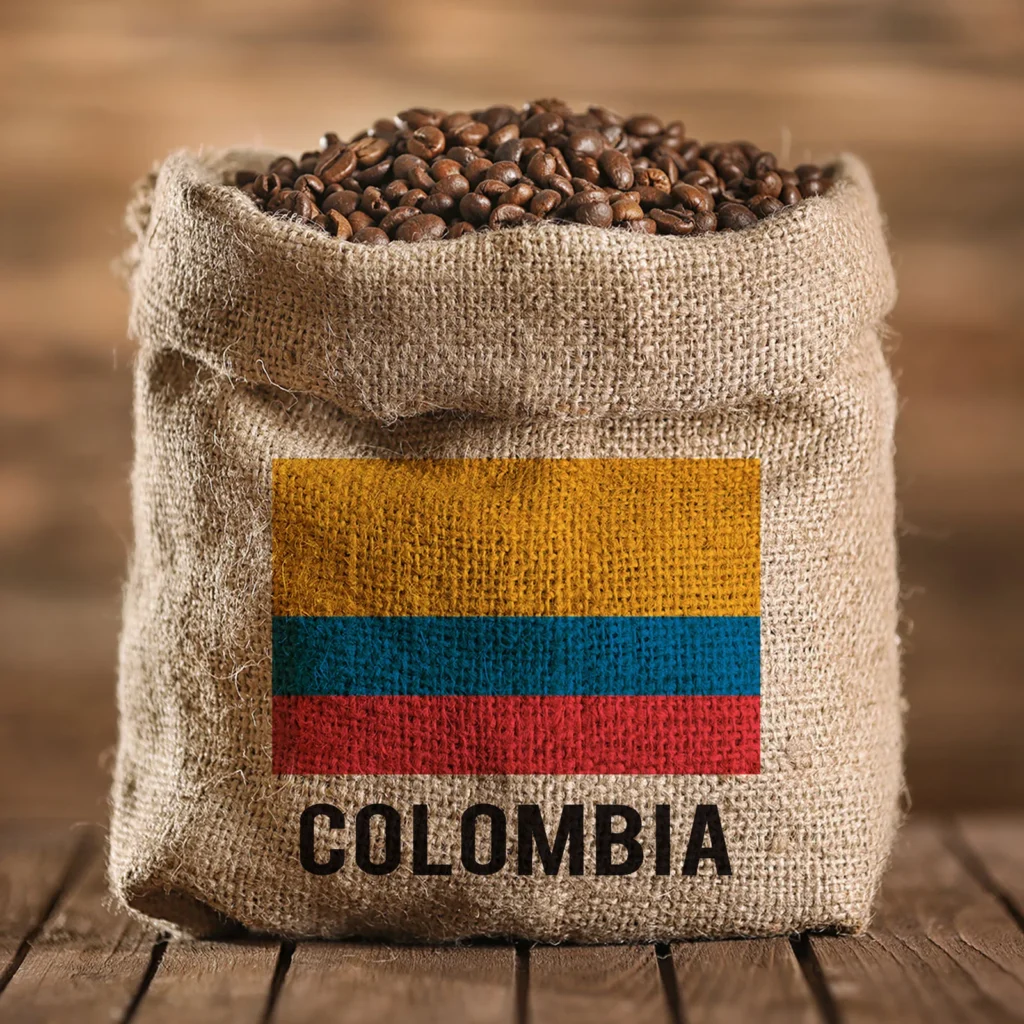
In this article, we’ll break down exactly why Colombian coffee is loved by coffee drinkers and coffee roasters alike. We’ll explore its flavor, processing methods, and the passionate farmers behind each bean.
Colombia: The Perfect Place to Grow Coffee
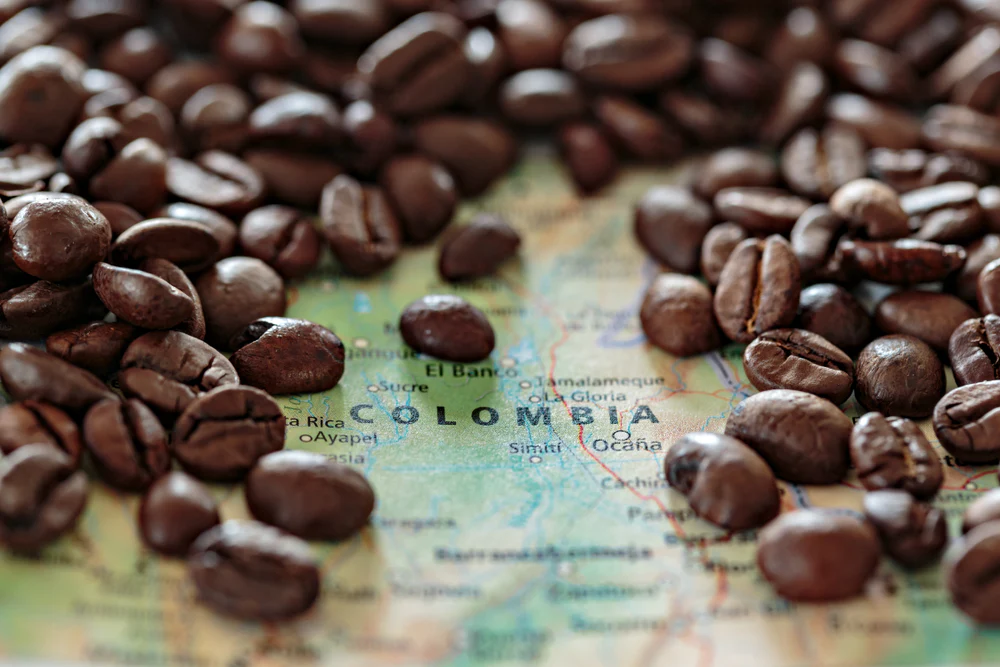
When it comes to coffee production, location is everything. Colombia sits right in the Coffee Belt the ideal zone for growing high-quality coffee. This region, located between the Tropic of Cancer and the Tropic of Capricorn, provides the perfect climate, altitude, and soil for cultivating exceptional coffee beans.
Altitude Impact on Flavor

Colombian coffee is grown at high altitudes, typically between 1,200 and 2,200 meters (3,900–7,200 feet) above sea level. But why does that matter?
- At higher elevations, coffee plants grow more slowly. This gives the beans more time to develop sugars, resulting in a smoother, more complex flavor.
- High-altitude coffee also has brighter acidity and fruity notes, which make it stand out from lower-grown beans.
- The cool mountain temperatures prevent the beans from over-ripening, ensuring a balanced, full-bodied cup of coffee.
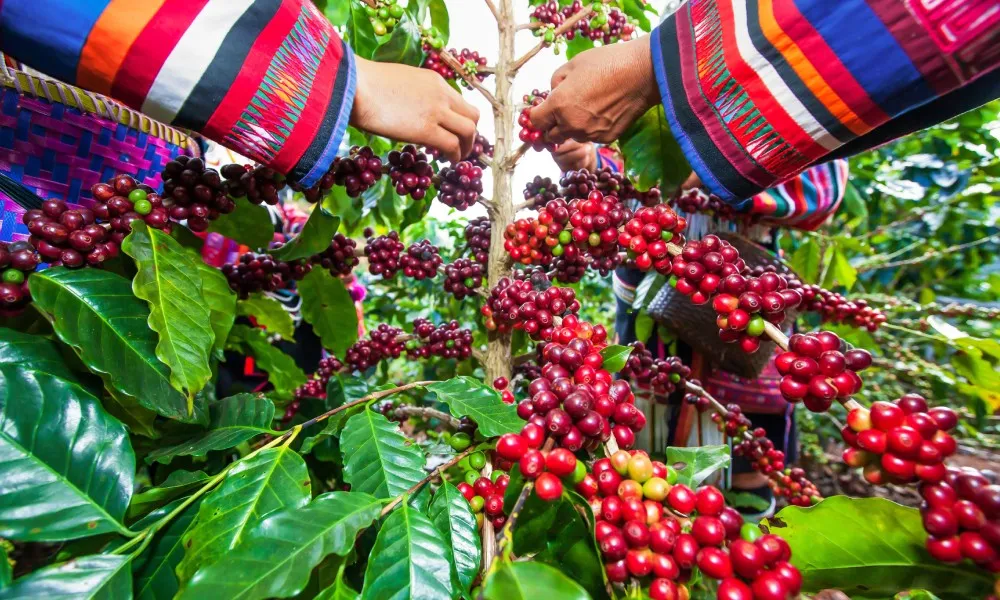
The Role of Terroir in Colombian Coffee
Terroir a term used in wine and coffee, refers to how a region’s climate, soil, and geography influence flavor. In Colombia, terroir makes all the difference.
- Volcanic soil enriches coffee plants with essential minerals, giving the beans depth and complexity.
- Consistent rainfall ensures that coffee plants stay hydrated year-round.
- Shade-grown coffee thrives under the canopy of native trees, protecting beans from harsh sunlight while preserving biodiversity.
This unique environment allows Colombian coffee growers to produce beans that are consistently ranked among the best coffee beans in the world.
Colombia’s geography and climate aren’t just ideal for growing coffee—they’re the secret behind the incredible taste in every cup.
100% Arabica Beans: The Foundation of Colombian Coffee
Colombia is known for growing only Arabica coffee beans, widely regarded as superior to other varieties. This isn’t by accident—Colombian farmers have long focused on quality over quantity, and the country even prohibits the cultivation of Robusta beans to maintain its reputation.
Why Arabica is Considered Superior
Arabica beans offer a smoother, more refined taste compared to the more bitter and caffeine-heavy Robusta variety. The difference comes down to several key factors:
- Flavor: Arabica beans have a more complex and nuanced flavor profile, often featuring fruity, floral, and caramel notes.
- Acidity: They are naturally more acidic, which gives the coffee a bright, crisp taste.
- Lower Caffeine: Arabica contains about half the caffeine of Robusta, resulting in a less bitter and more enjoyable cup.

How Growing Conditions Impact Arabica Coffee in Colombia
The country’s high-altitude farms, volcanic soil, and year-round rainfall create the perfect environment for cultivating high-quality Arabica coffee beans.
- Higher elevations allow beans to mature more slowly, enhancing their sweetness and complexity.
- Volcanic soil provides essential minerals that deepen flavor.
- Steady temperatures ensure a consistent growing cycle, free from harsh seasonal changes.
Because of these conditions, Colombian Arabica is not just good—it’s among the best coffee beans in the world.
Hand-Picked Perfection: Why Colombian Coffee is Harvested Differently
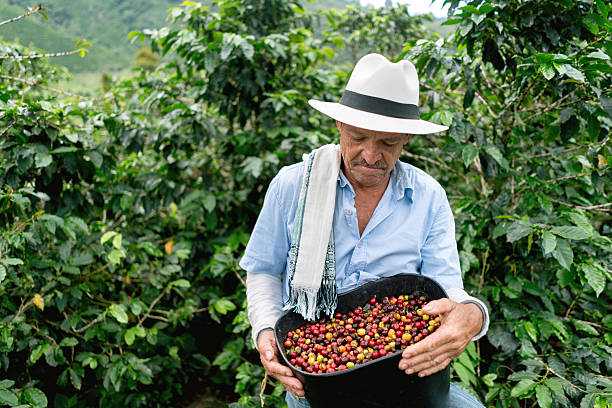
One of the biggest factors that sets Colombian coffee production apart is the hand-picking process. While many coffee-producing countries rely on mechanical harvesting, Colombian coffee farmers continue to pick their coffee beans by hand. This labor-intensive method ensures that only the ripest cherries are selected, leading to a more consistent and high-quality final product.
Why Hand-Picking Matters
Not all coffee cherries ripen at the same time. In machine-harvested coffee, unripe and overripe beans often get mixed in, which can result in a lower-quality cup.
By contrast, hand-picking allows farmers to carefully select only the ripest cherries, ensuring:
- Better flavor development in every bean.
- A smoother and cleaner taste, free from defective or underdeveloped beans.
- Higher-quality coffee beans, which are sought after by coffee roasters worldwide.
The Impact on Coffee Growers
Because hand-picking is time-consuming and physically demanding, Colombian farmers must rely on skilled labor to maintain this tradition. Many coffee-growing families have been perfecting this process for generations, contributing to Colombia’s reputation as a producer of some of the finest coffee beans in the world.
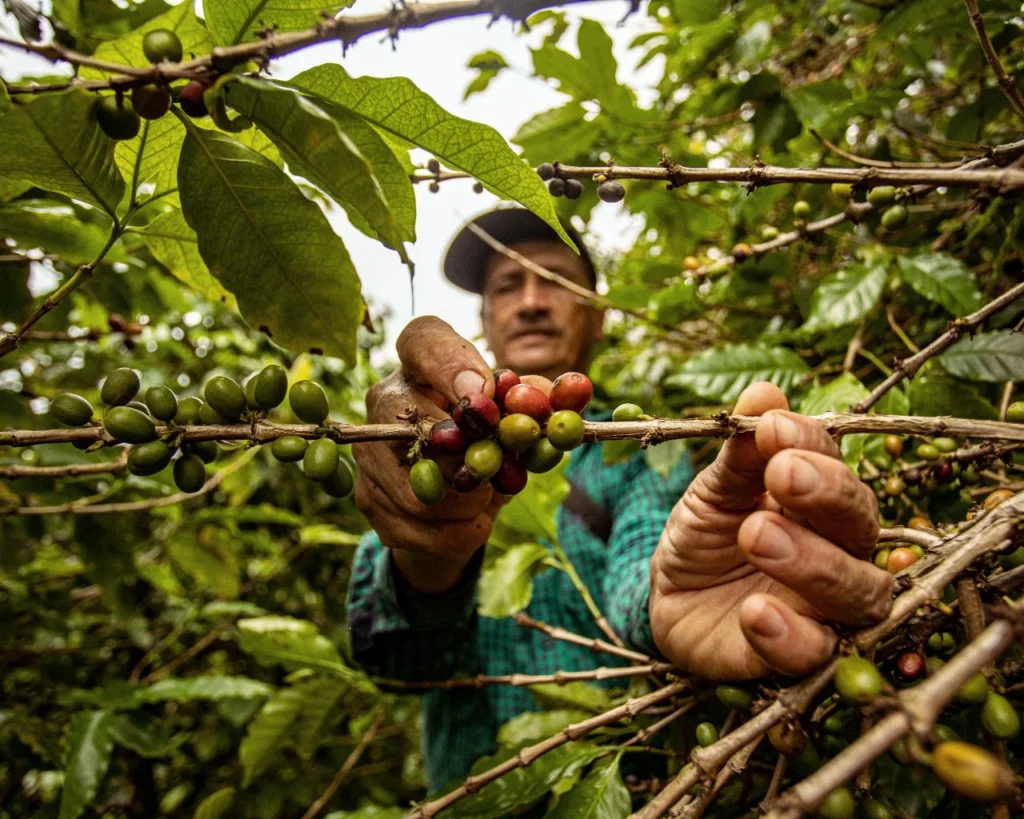
Additionally, organizations like the Colombian Coffee Growers Federation help farmers by supporting sustainable practices and maintaining strict quality control standards. This ensures that every bag of Colombian coffee beans that reaches consumers meets premium specialty coffee standards.
The result? A coffee that’s carefully crafted from the farm to your cup—ensuring that every sip lives up to Colombia’s legendary reputation.
The Unique Flavor of Colombian Coffee: Regional Differences
Not all Colombian coffee tastes the same. Colombia is known for producing some of the best coffee beans in the world, but the flavor varies depending on where it’s grown. Each coffee-growing region has its own altitude, climate, and soil composition, which influence the taste of the final cup.
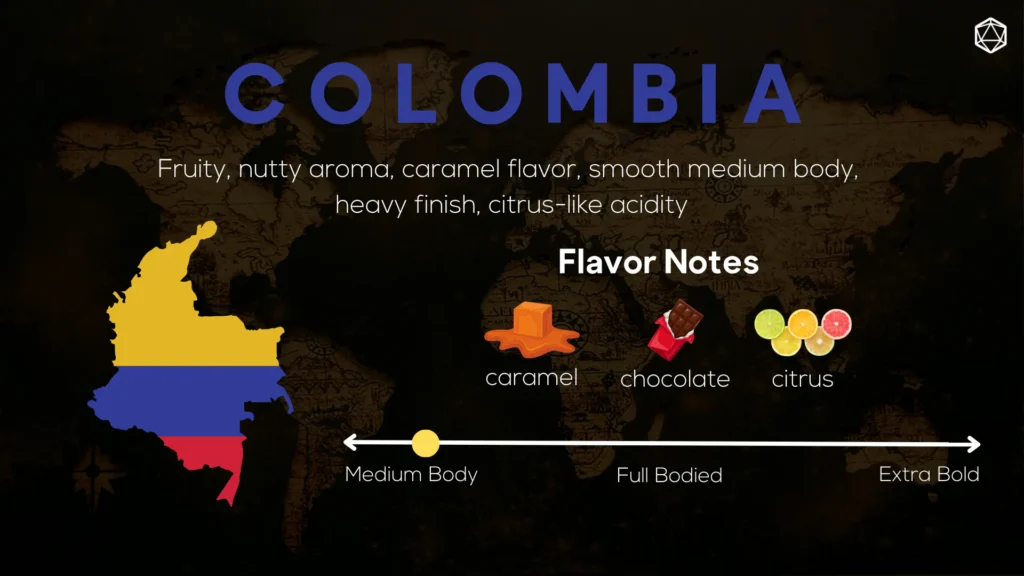
How Terroir Shapes the Flavor of Colombian Coffee
The concept of terroir—the combination of geography, climate, and soil—plays a major role in coffee production. In Colombia, coffee is grown in multiple regions, each offering distinct flavor profiles:
Northern Regions (Santa Marta, Santander)
- Lower altitudes (1,000–1,500m)
- Flavors: Nutty, chocolatey, with a heavier body and low acidity.
- Best for: Those who prefer bold, rich coffee with deep cocoa notes.
Central Regions (Antioquia, Quindío, Risaralda, Caldas)
- Moderate altitudes (1,200–1,800m)
- Flavors: Balanced acidity, caramel sweetness, and hints of tropical fruit.
- Best for: A well-rounded coffee experience with both brightness and body.
Southern Regions (Huila, Nariño, Cauca)
- Higher altitudes (1,500–2,200m)
- Flavors: Bright acidity, citrus and floral notes, with a complex, layered taste.
- Best for: Coffee lovers who enjoy light, fruity, and aromatic brews.
Colombian Micro-Lots and Single-Origin Coffee
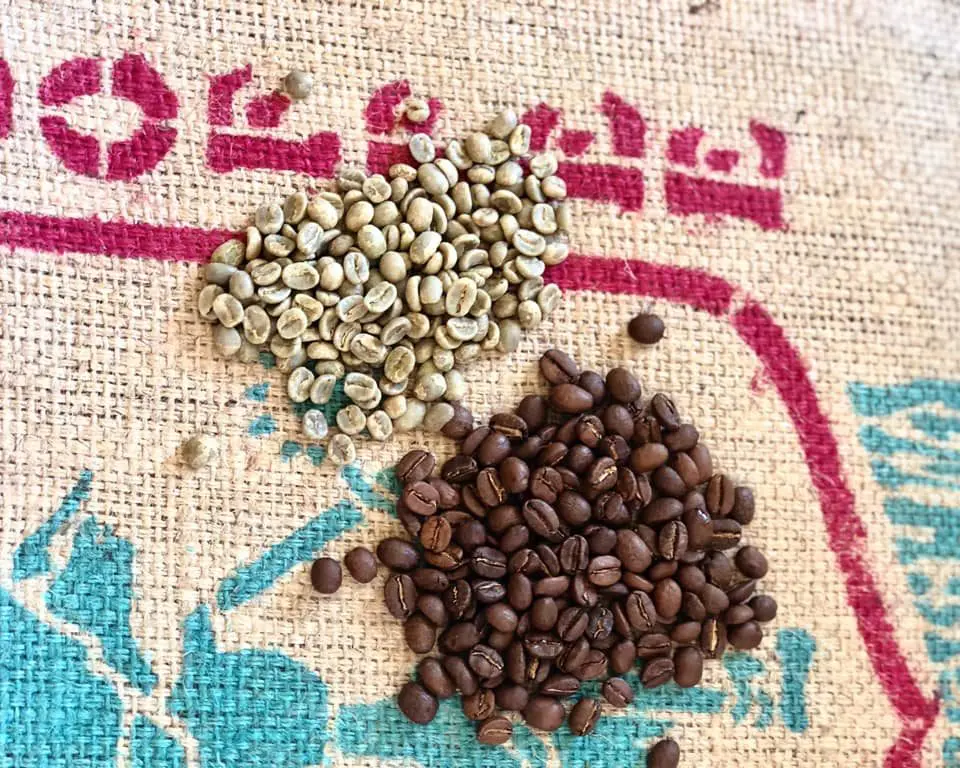
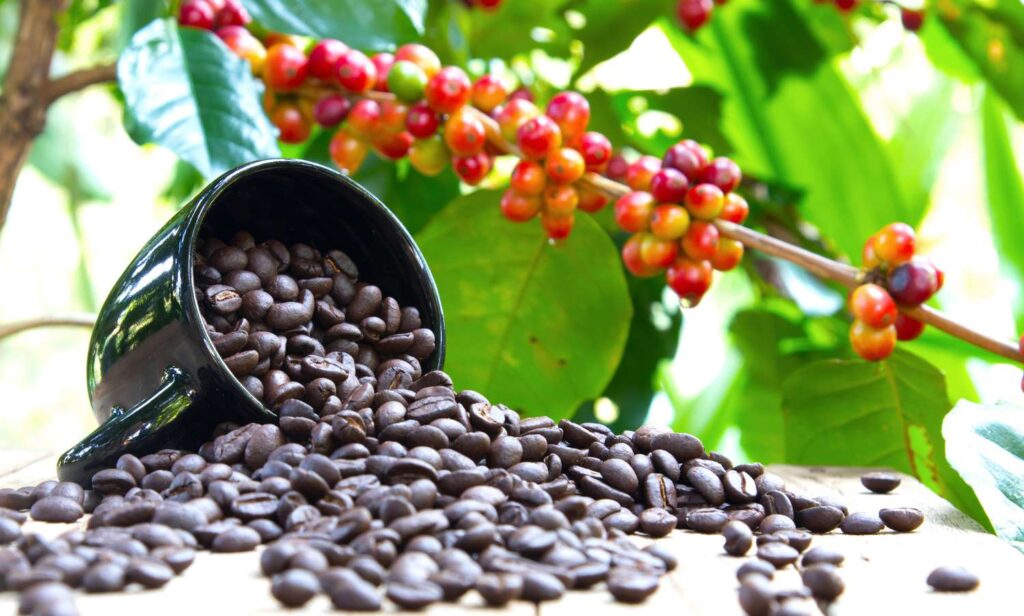
In recent years, Colombian micro-lots have gained popularity in the specialty coffee industry. These are small batches of coffee grown in specific farms or micro-regions, offering even more unique and traceable flavors.
- Single-origin Colombian coffee allows drinkers to experience the distinct characteristics of a particular farm or region.
- Coffee cupping has revealed that many micro-lots have floral, honey-processed, and citrus-forward profiles, making them highly desirable among specialty coffee roasters.
Why Colombian Coffee Stands Out
The country’s diverse growing conditions mean that no two Colombian coffees are exactly alike. Whether you prefer chocolatey and full-bodied coffee or something bright and fruity, there’s a Colombian coffee that suits your taste.
Innovative Coffee Processing in Colombia

Beyond its exceptional growing conditions, Colombia is also known for its advanced coffee processing methods. How a coffee bean is processed after harvesting has a significant impact on its final flavor. Colombian coffee producers have mastered traditional techniques while also experimenting with newer methods to bring out unique taste profiles.
Traditional Washed (Wet) Processing: The Gold Standard
The most common method used in Colombian coffee production is washed processing. This technique is preferred because it produces clean, bright flavors with crisp acidity.
Here’s how it works:
- The coffee cherries are pulped, removing the outer skin.
- The beans are fermented in water tanks, which breaks down any remaining fruit layers.
- After fermentation, the beans are thoroughly washed, ensuring clarity in flavor.
- The beans are then dried before they are sent to coffee roasters.
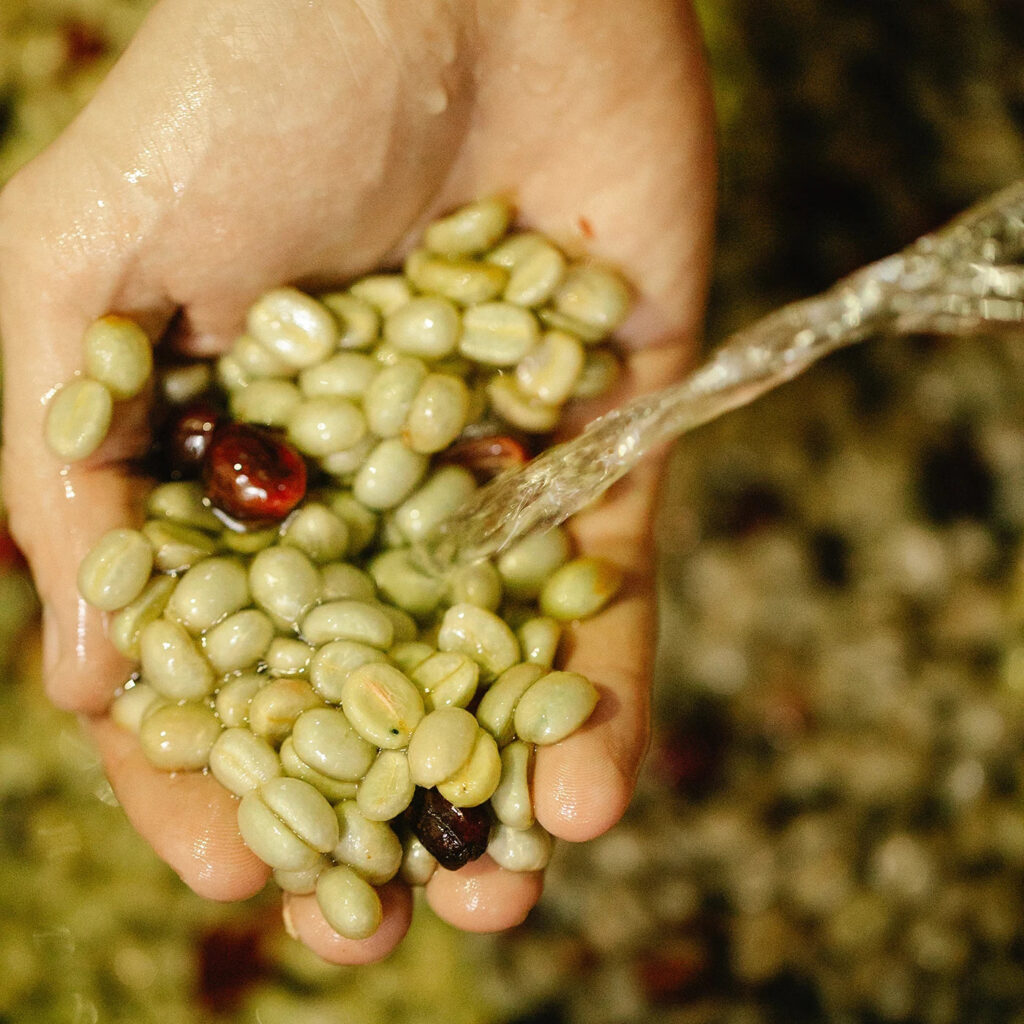
This method enhances the flavor of Colombian coffee by bringing out its natural sweetness, floral notes, and bright acidity—especially in high-altitude Arabica coffee beans.
The Rise of Honey-Processed and Natural Coffee in Colombia
In recent years, Colombian coffee growers have begun experimenting with honey-processed and natural methods, which are more common in African coffee regions.
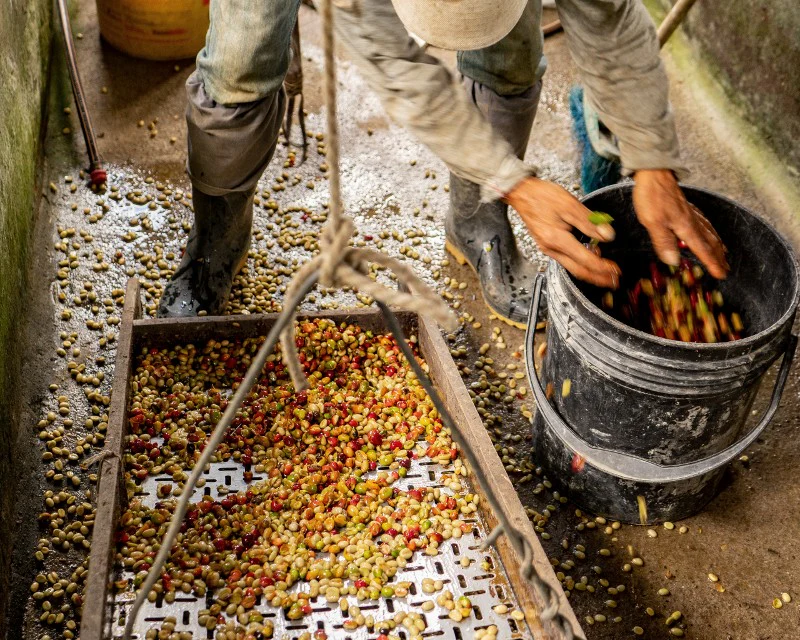
- Honey-Processed Coffee: Some of the coffee cherry’s sticky mucilage is left on the bean during drying, resulting in a sweeter, fuller-bodied coffee with syrupy notes.
- Natural-Processed Coffee: The beans dry inside the cherry, which intensifies fruity flavors and creates a heavier body.
These experimental processing methods are becoming more popular in single-origin Colombian micro-lots, offering a wider variety of flavors for coffee drinkers who want something beyond the classic washed Colombian coffee.
Fermentation Experiments: A Game-Changer for Colombian Coffee
Some coffee producers are also exploring anaerobic fermentation, where coffee beans are fermented in oxygen-free environments to produce complex, wine-like flavors. This technique is gaining traction in specialty Arabica coffee and is making Colombian coffee even more desirable on the global stage.
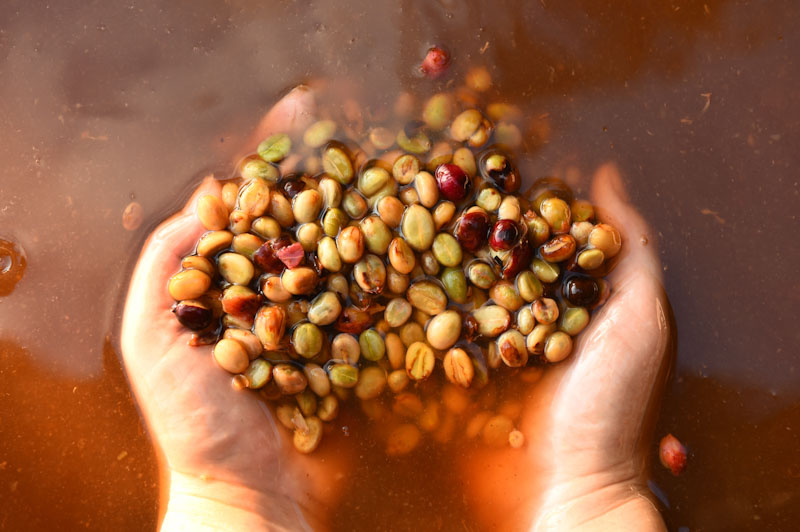
With these innovative processing techniques, Colombian coffee roasters are able to offer a diverse range of flavors, from the classic crispness of washed coffee to the bold fruitiness of natural-processed beans.
Why Colombian Coffee Dominates the Specialty Coffee Scene
While many countries focus on mass production, Colombia has prioritized quality, sustainability, and innovation, making it a favorite among coffee lovers and roasters worldwide.
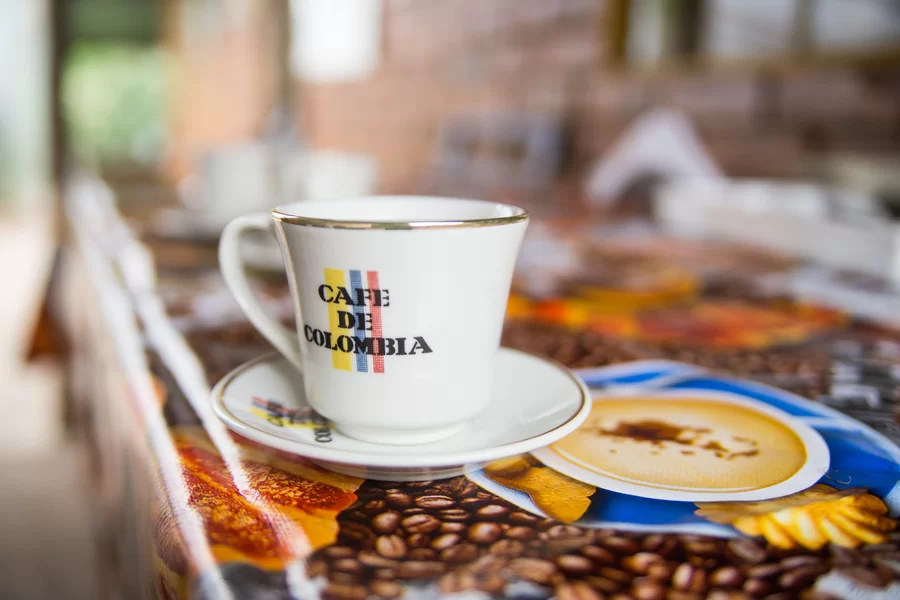
Colombian Coffee in the Global Market
Colombia consistently ranks among the top three coffee-producing countries in the world, alongside Brazil and Vietnam. However, unlike those nations, which produce large amounts of Robusta beans, Colombia is dedicated exclusively to high-quality Arabica coffee beans.
- Over 14 million bags of Colombian coffee beans are exported every year, supplying roasters across North America, Europe, and Asia.
- Colombia’s coffee industry is one of the most regulated in the world, ensuring that every batch meets strict quality standards.
- Many of the best Colombian coffee beans are sold as single-origin coffee, highlighting the country’s diverse regional flavors.
Colombian Coffee in Barista Championships
Colombian coffee has become a favorite among competitors in the World Barista Championships (WBC). Why? Because the beans offer a clean, vibrant profile that allows baristas to showcase a coffee’s complexity.
- High-altitude Colombian micro-lots are especially popular, thanks to their bright acidity, floral notes, and well-balanced sweetness.
- Specialty coffee experts often choose Colombian beans for coffee cupping competitions, proving their dominance in the industry.
Sustainability and Fair Trade in Colombian Coffee
Colombian coffee isn’t just known for its taste—it’s also recognized for its ethical and sustainable farming practices. Organizations like the Colombian Coffee Growers Federation work to support:
- Fair wages for farmers and their families.
- Shade-grown coffee initiatives to protect biodiversity.
- Eco-friendly coffee processing to reduce water waste.
With a focus on quality, sustainability, and innovation, Colombian coffee is more than just a drink—it’s a craft.
Where to Buy the Best Colombian Coffee
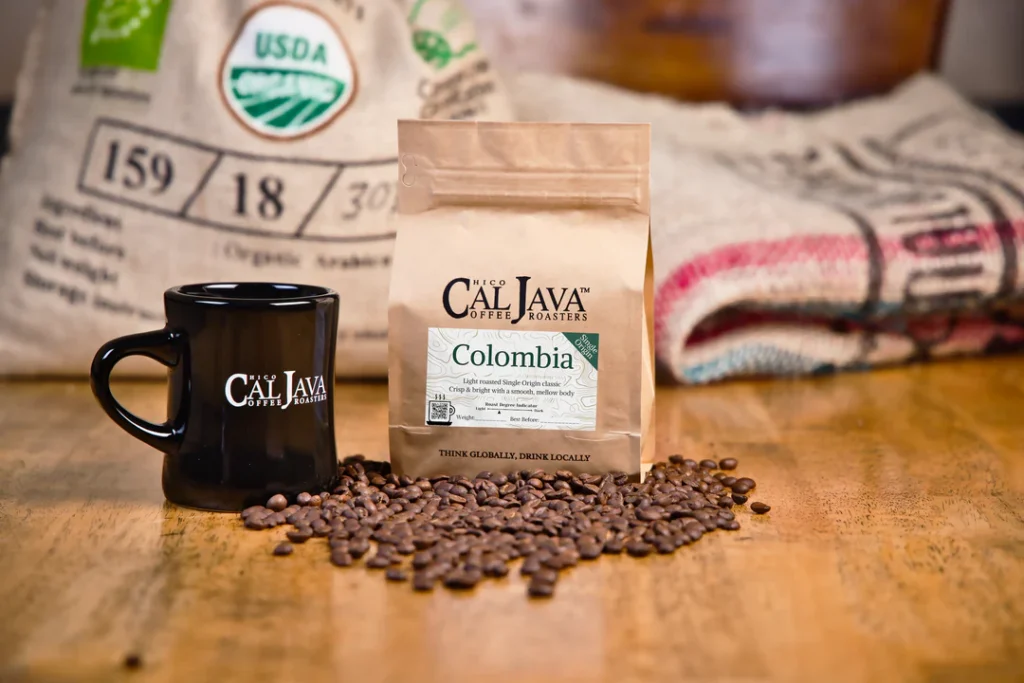
Finding high-quality Colombian coffee isn’t as simple as picking up any bag labeled “Colombian” at the grocery store. The best Colombian coffee beans come from specialty roasters, direct-trade farms, and reputable coffee brands that prioritize freshness, ethical sourcing, and proper roasting techniques.
1. Direct from Colombian Coffee Growers
Buying coffee directly from Colombian coffee farms ensures that you’re getting freshly harvested beans while supporting fair trade and sustainable farming practices.
- Juan Valdez Coffee – A brand that represents Colombian coffee farmers, offering single-origin and micro-lot options.
- Café Devoción – Known for its farm-to-table freshness, shipping beans within 10 days of processing.
- Huila Microlots – A specialty coffee option for those looking for unique, high-altitude Colombian beans.
2. Specialty Coffee Roasters
Many independent coffee roasters work directly with Colombian farmers to source single-origin Colombian coffee. Some of the best include:
- Onyx Coffee Lab – Sells award-winning Colombian Arabica coffee beans, focusing on unique flavor profiles.
- Stumptown Coffee Roasters – Offers a selection of washed and honey-processed Colombian coffee.
- Counter Culture Coffee – Features seasonal Colombian micro-lots, perfect for those wanting to explore different regions.
3. Online Marketplaces for Colombian Coffee
If you’re looking for high-quality beans online, consider these options:
- Trade Coffee – A curated marketplace that connects buyers with specialty coffee roasters offering fresh Colombian coffee beans.
- GoCoffeeGo – Features top-rated Colombian coffees from different regions, including shade-grown and organic options.
- Amazon (Verified Specialty Brands) – Look for single-origin Colombian coffee from reputable brands, avoiding mass-market blends that lack traceability.
How to Choose the Best Colombian Coffee Beans
When buying Colombian coffee, pay attention to:
✔ Roast Date – Always choose coffee that has been roasted within the last 2–4 weeks for maximum freshness.
✔ Processing Method – Washed, honey-processed, or natural—each method brings out different flavors.
✔ Altitude Information – Higher-grown beans (1,500m+) tend to have brighter acidity and complex flavors.
✔ Certification Labels – Look for Fair Trade, Organic, or Direct Trade labels to ensure ethical sourcing.
Why Colombian Coffee Stands Out?
From the high-altitude farms in the Andes to the skilled hands that pick each coffee cherry, everything about Colombian coffee production is focused on quality over quantity. Whether you prefer a smooth, chocolatey brew from Santander or a bright, citrusy cup from Nariño, there’s a Colombian coffee for every coffee drinker.
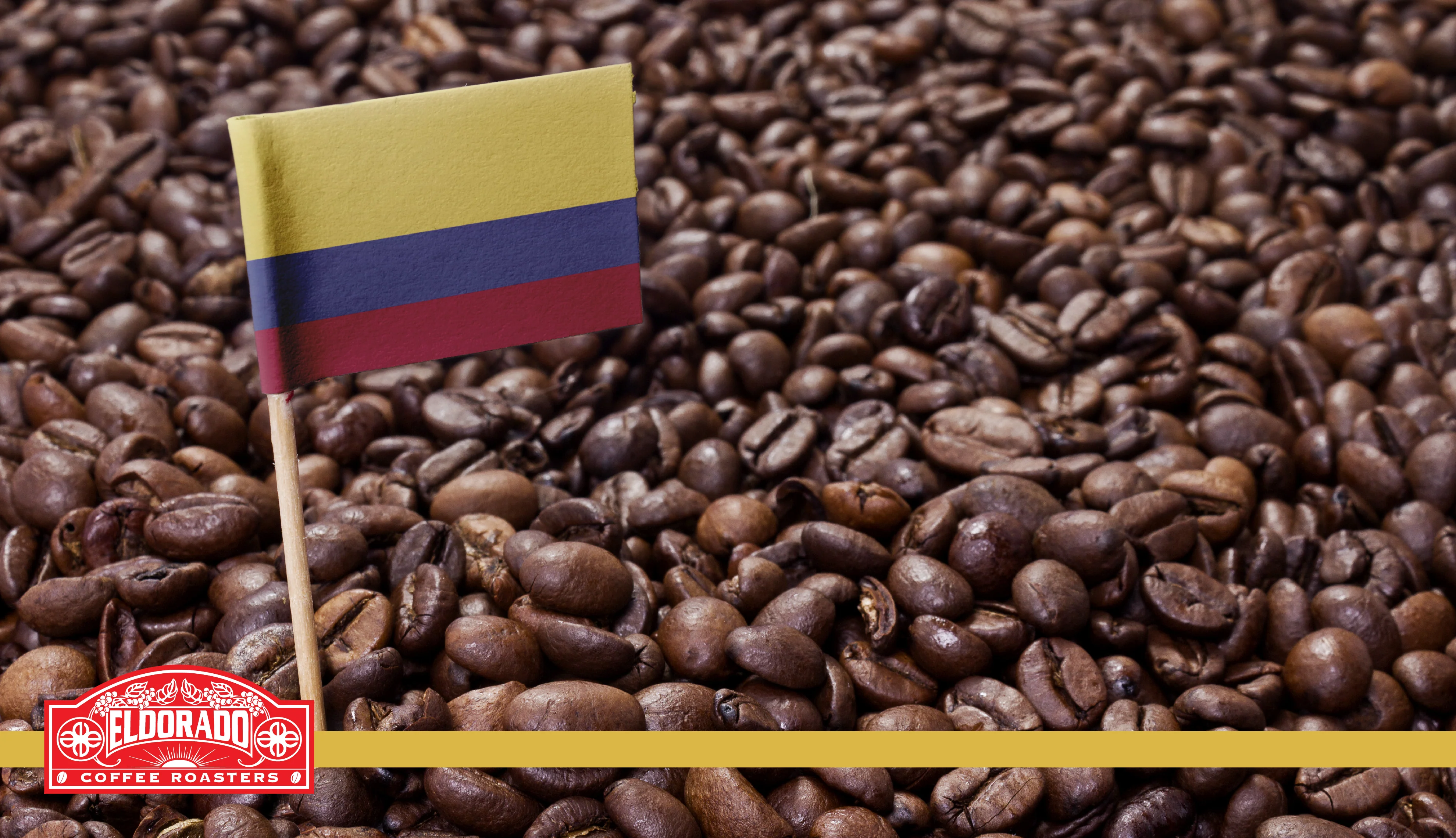
Why Coffee from Colombia is Special:
✔ 100% Arabica Coffee Beans – Ensuring a smooth and complex flavor.
✔ Hand-Picked for Perfection – No unripe or defective beans make it into your bag.
✔ Unique Regional Flavors – Different growing regions offer diverse taste profiles.
✔ Sustainable & Ethical Farming – Supporting farmers and their families while protecting the environment.
✔ Innovative Processing Methods – From washed coffee to honey-processed micro-lots, Colombian coffee roasters are pushing the boundaries of flavor.
If you’re looking to buy high-quality Colombian coffee, make sure to choose freshly roasted, single-origin beans from reputable sources. The best Colombian coffee beans are the ones that highlight the region’s natural terroir, high-altitude growing conditions, and expert craftsmanship.
What’s Your Favorite Colombian Coffee?
Have you tried single-origin Colombian coffee from different regions? Do you prefer washed or honey-processed Colombian beans? Share your thoughts in the comments!
Colombian coffee isn’t just a drink, it’s an experience. And once you taste it, you’ll understand why it’s world-famous.



